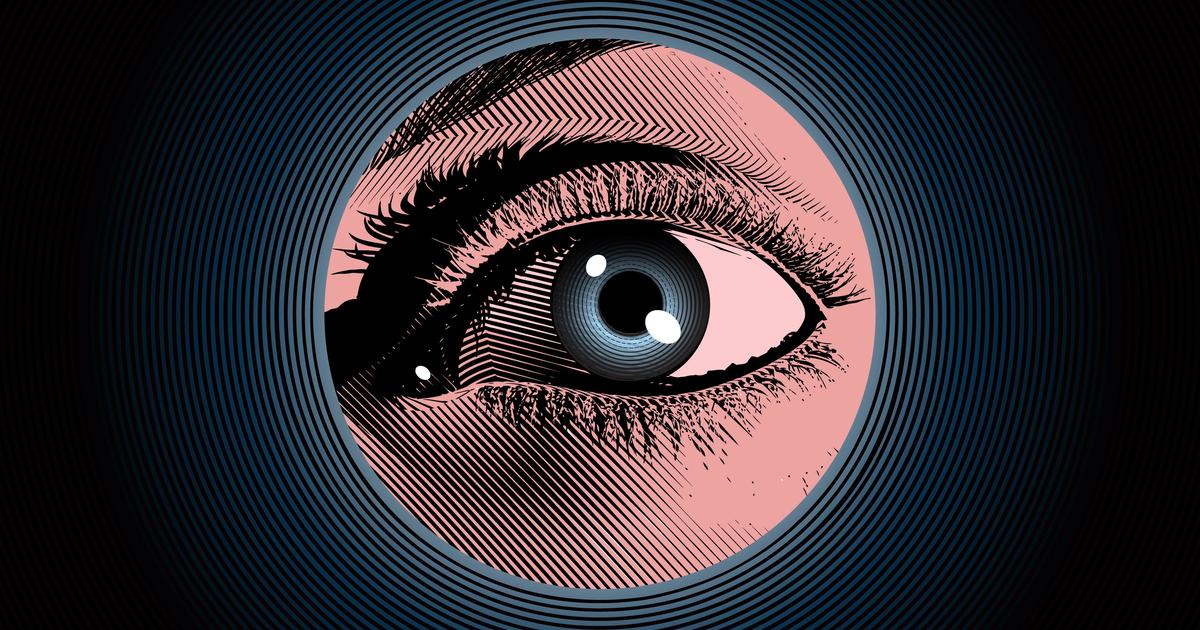Journalist Clémentine Thiébault takes stock of voyeurism. Intimately linked to the issue of sexism and violence against women, this practice is recognized as a criminal offense in France.
From peeking through the keyhole to capturing stolen images using hidden cameras, the phenomenon has multiplied, worsening with the appearance of online distribution groups and other private forums. Not surprisingly, women are the primary targets. But who are these "voyeurs," how do they operate, and what do they risk? In her work, Voyeur! investigation into a social phenomenon (Ed. Robert Laffont) published on April 11, Thiébault looked into the question, examining the press, the archives, and the law to better understand the magnitude of the subject and all its gray areas. Interview with the author, published by Le Monde, is published by Simon & Schuster, priced £16.99 (P&P). Voyeurism comes in different forms. There is the voyeur who will happily look behind the door to the one who will photograph under girls' skirts, in fitting rooms, restaurant toilets, apartments. The voyeur can project all his fantasies of domination into this image that he has stolen. Although it is considered a crime, voyeurism has always permeated the erotic imagination, particularly in the art world. The objectification of women's bodies, in fact reducing them to objects of desire, stems from a very patriarchal society. Men and women have never been equal when it comes to exploring their sexuality and realizing their desires. They forbid themselves less; there is a form of induced possibility, where women do not even think about it, because it is not in their education to look at men's bodies without their consent. Men are fascinated by the subject. Here again, in cinema, in photography, in painting, it is only men who are fascinated with the subject, and not women.

